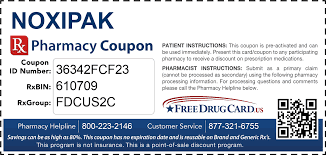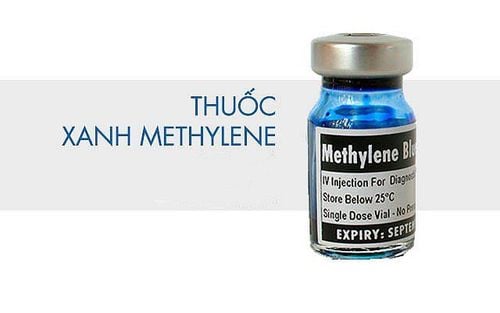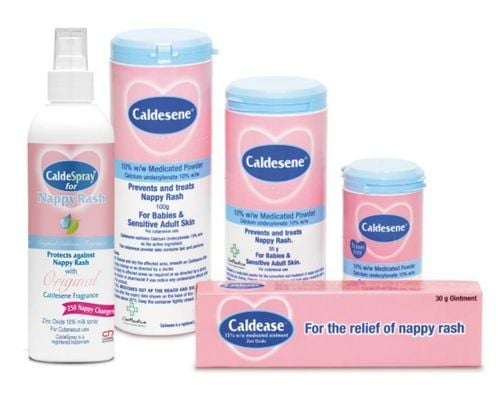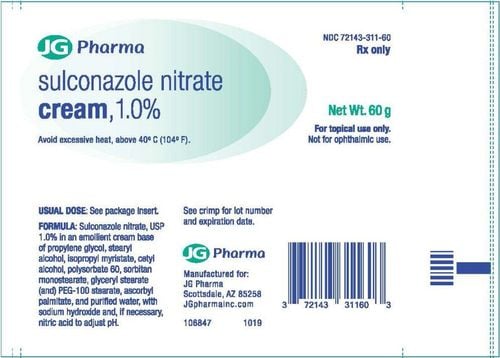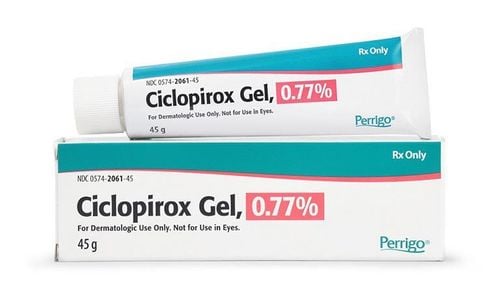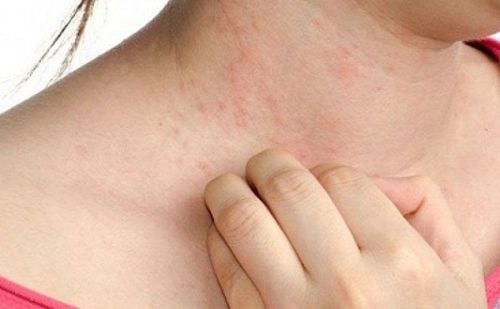This is an automatically translated article.
Halometasone is a topical drug used to treat inflammatory skin diseases, responsive to corticosteroids and associated with secondary bacterial infections. So what is the correct use of Halometasone and what should be noted when using this drug?1. What kind of drug is Halometasone?
Halometasone is a drug that is produced in the form of a topical cream. The active ingredient is halometasone combined with triclosan. Composition of 1g of the drug includes: halometasone monohydrate 0.5mg with triclosan 10mg.
Halometasone is indicated for the following cases:
Inflammatory, corticosteroid-responsive skin diseases of various forms and sites associated with secondary bacterial infections. For example: seborrheic dermatitis, contact dermatitis, atopic dermatitis, focal neurodermatitis or coin-shaped eczema. Forms of pyoderma with superficial lesions such as impetigo, skin rashes or fungal skin diseases in which inflammation is prominent. Like other drugs, Halometasone also has some contraindications:
Patients who are allergic or sensitive to the drug or any of its ingredients. Viral inflammatory skin conditions such as chickenpox, herpes, shingles or skin rashes after vaccination; perioral dermatitis, acne, skin ulcers,... Do not use the drug for eye lesions.
2. How to take Halometasone
How to use the drug: Topical medicine
Use a thin layer of the drug on the skin and gently apply it to the affected area 1-2 times a day depending on the extent of the disease. There is no need to cover the wound on the skin. Patients should not wear tight clothing when there are skin infections.
3. Some notes when using the drug Halometasone
During the use of Halometasone, patients should note the following points:
Should not be used for a long time at all ages. In some cases, if you have to use a lot of medicine on a large area of skin, it is necessary to have regular monitoring and guidance from your doctor. For facial skin or areas prone to diaper rash, should be cautious when using the drug and only use it for a short time. Treatment for a week, if the condition does not improve, then stop the drug and find the cause for appropriate treatment. In case of using the drug for children, it should not be used for more than 2 weeks and not more than 1 week for children under 2 years old. Patients should not use the drug on skin areas that exceed 10% of the body's skin and avoid using the drug on areas of skin that need to be covered. Halometasone is not suitable for infectious or fungal skin diseases without acute manifestations. Pregnant women should not use this medicine because animal experiments have shown halometasone to be teratogenic or to have adverse effects on the embryo/fetus. Users who are women who are breastfeeding need to be more careful in the process of taking medication and must be consulted by a specialist.
4. Adverse Effects (ADRs)
In addition to the benefits that halometasone brings, this drug also causes some side effects for users during drug use.
Feeling of heat, itching. Rarely conditions such as dry skin, erythema, skin atrophy. The drug may increase the likelihood of a contact allergy. When experiencing unusual symptoms, the patient should stop taking the drug. In mild cases, it is usually only necessary to stop the medication. In case of severe symptoms, it is necessary to carry out supportive treatment by keeping ventilation, breathing oxygen, using antihistamines, corticosteroids,...
5. Pharmacodynamics of the drug Halometasone
Halometasone is a highly active topical glucocorticoid. It has anti-inflammatory, anti-allergic, vasoconstrictor and anti-proliferative effects, thus effective on inflammatory lesions. In inflammatory skin diseases of various etiologies, the drug has the effect of rapidly reducing and alleviating symptoms, especially itching.
Triclosan has broad-spectrum antibacterial activity against many different strains of bacteria, including both gram-negative and gram-positive bacteria, with the exception of Pseudomonas, Serratia and Proteus rettgeri).
Trislosan attacks the membrane of the plasmic structure of bacteria and exerts bacteriostatic effects at low concentrations and bactericidal effects at high concentrations.
Mechanism of action: At commonly used concentrations, triclosan acts as a bactericide. However, at lower concentrations, triclosan inhibits fatty acid synthesis. Triclosan binds to the bacterial protein enoyl-acyl reductase enzyme, which is encoded by the Fabl gene. This binding increases the enzyme's affinity for nicotineamide adenine dinucleotide. This leads to the formation of a stable complex that prevents bacteria from participating in fatty acid synthesis. Fatty acids are essential for the repair and construction of cell membranes. Because the human body does not have ENR enzyme, so it is not affected.
Halometasone drug is now commonly used to treat acute inflammatory skin diseases. Although it works well, in some cases it can cause unwanted symptoms. Patients need to monitor and contact the doctor when necessary to achieve the best treatment effect.
Please dial HOTLINE for more information or register for an appointment HERE. Download MyVinmec app to make appointments faster and to manage your bookings easily.




